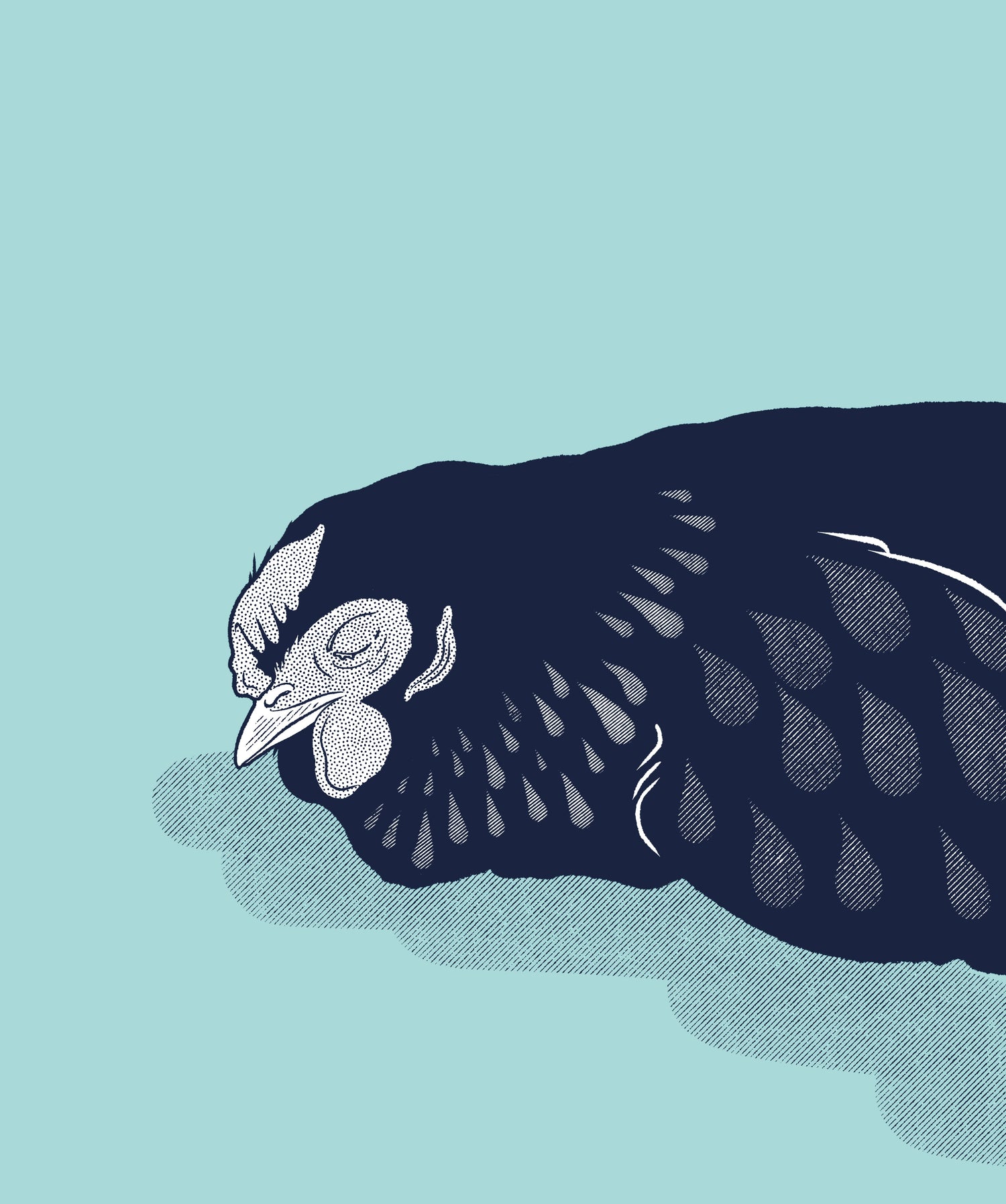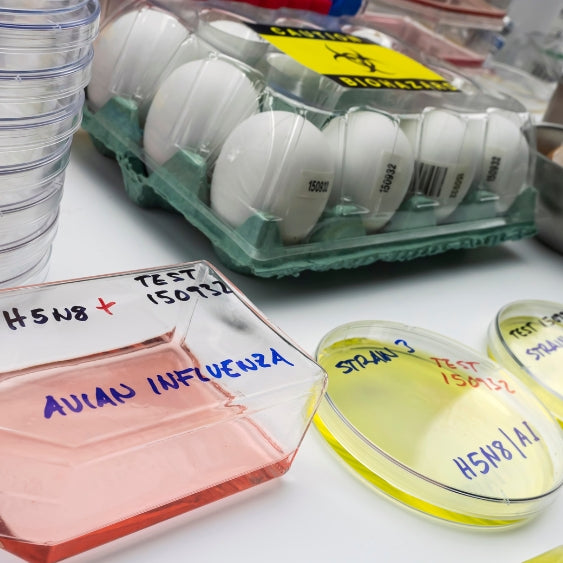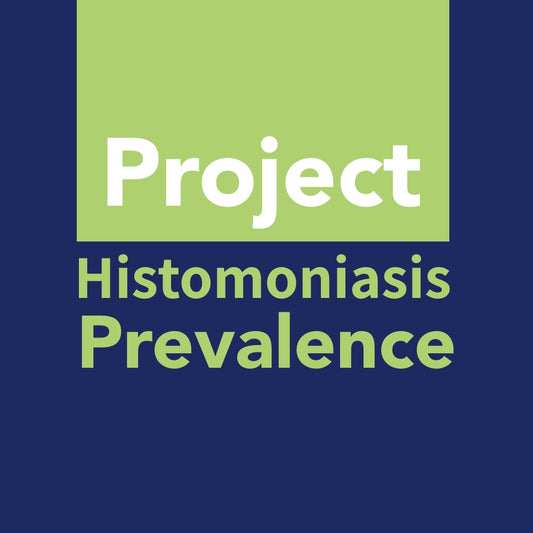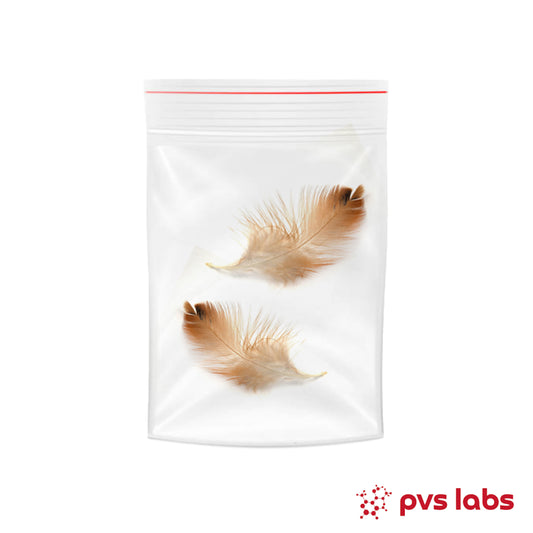

Avian Influenza
Avian Influenza (AI), also known as bird flu, is a contagious viral disease that affects both wild and domestic birds. Caused by influenza A viruses, it ranges from mild to severe and can spread rapidly through flocks via droppings, feathers, and contaminated surfaces.
Some strains—particularly Highly Pathogenic Avian Influenza (HPAI) can cause sudden death in birds and pose serious risks to poultry industries and wildlife. While most strains don’t infect humans, some rare types have crossed over, making biosecurity and early detection critical.
Protecting our birds means staying informed, practising good hygiene, and reporting unusual illness or deaths
Important:
Avian Influenza is a notifiable and zoonotic disease. Suspected cases must be reported to MPI, and care must be taken as it can, in rare cases, spread to humans.
Affected Birds
-
Chickens
-
Turkeys
-
Water Fowl
-
Game birds
-
Birds of prey
-
Cockatiels
-
Budgerigars
-
Pigeon & doves
-
Canaries and finches
-
+
Naming Convention
AI viruses are named by their haemagglutinin (H) and neuraminidase (N) proteins (e.g. H5N1, H7N9).
There are 16 H types and 9 N types in birds (H1–H16, N1–N9).
Clinical Signs
-
Low Pathogenic Avian Influenza (LPAI)
Definition: Causes mild or no clinical signs in birds.
Common strains: There are many subtypes of avian influenza, most of which are low pathogenic (LPAI) and cause only mild or no symptoms in birds.
Clinical signs (if any):
- Mild respiratory signs.
- Decreased egg production.
- Slight diarrhoea.
- Occasionally inapparent.
Risk:
- LPAI can mutate into HPAI, in poultry and other species.
- Often detected during routine surveillance or after mild outbreaks.
Relevance: Found globally; common in wild birds, especially waterfowl.
-
Highly Pathogenic Avian Influenza (HPAI)
Definition: Causes severe, systemic disease and high mortality, especially in chickens and other gallinaceous birds.
Clinical signs:
- Sudden death.
- Swollen head, comb, wattles.
- Haemorrhages (shanks, internal organs)
- Neurological signs (tremors, incoordination)
- Drop in egg production.
- Cyanosis and respiratory distress.
Risk:
- Extremely contagious and often fatal in poultry.
- Can cross to other species (including humans) in rare cases.
Notifiable disease in New Zealand and globally.
Transmission
-

Avian influenza is caused by influenza A viruses, which occur naturally in many wild birds—especially waterfowl like ducks, geese, and swans. Some strains cause little or no illness, while others (particularly Highly Pathogenic Avian Influenza or HPAI) can cause severe disease and death in domestic and wild birds. The incubation period typically ranges from 1 to 7 days, depending on the virus strain, species affected, and level of exposure.
1. Direct contact with infected birds (wild or domestic)
2. Contaminated droppings, secretions from the eyes, beak, or feathers.
3. Shared water or feed sources.
4. Contaminated equipment, clothing, or hands.
5. Aerosolised particles in dust or dander.
6. Contact with infected carcasses
Diagnosis
-

Avian Influenza (AI) is diagnosed through a combination of clinical signs, history, and laboratory testing.
1. Clinical Signs & History
Sudden death, respiratory signs, swollen head or wattles, diarrhoea, drop in egg production, and neurological symptoms can all raise suspicion—especially during outbreaks or in high-risk areas.
2. Post-mortem Examination
May reveal internal bleeding, organ damage, or other signs suggestive of AI, but these are not specific.
3. Laboratory Testing (Required for confirmation)
- PCR (Polymerase Chain Reaction): Detects the virus’s genetic material.
- Virus Isolation: Grows the virus in a lab (used for confirmation and strain typing).
- Serology: Detects antibodies to the virus (used in surveillance).
4. Notifiable Disease Testing
In New Zealand, AI suspicion must be reported to MPI. They will coordinate official sampling and testing.
Treatments
-

There is no specific antiviral treatment for avian influenza in birds. In cases of Highly Pathogenic Avian Influenza (HPAI), the virus can spread quickly and often results in high mortality, particularly in poultry.
However, not all strains are severe. Birds infected with Low Pathogenic Avian Influenza (LPAI) may show mild or no symptoms at all. Some recover with supportive care—such as rest, good nutrition, and a low-stress environment—though they can still carry and shed the virus.
Veterinary advice should always be sought, as even mild strains can become a risk if they spread or mutate. Good biosecurity and early reporting remain key to protecting both domestic and wild bird populations.
Prevention
-
1. Practise Strong Biosecurity
- Wash hands before and after handling birds.
- Use dedicated footwear and clothing in bird areas.
- Clean and disinfect equipment, cages, and surfaces regularly.
- Limit access to bird enclosures, keep visitors and pets out.
-
2. Limit Contact with Wild Birds
- Keep domestic birds away from wild bird feeding areas, ponds, or droppings.
- Use netting or roofing to prevent wild bird access to enclosures.
- Avoid sharing water sources between wild and domestic birds.
-
3. House Birds During High-Risk Periods
- In outbreak zones or during migratory season, keep birds indoors or under cover.
- Provide indoor enrichment and safe ventilation if housing is extended.
-
4. Monitor Bird Health Closely
- Isolate and monitor any bird showing signs of illness (e.g., ruffled feathers, respiratory signs, diarrhoea).
- Make your birds immune system a priority. Have you checked on the basics recently like worming, nutrition, and stress levels?
- Report any unusual sickness or deaths to your vet or local authority (e.g., MPI in NZ).
-
5. Avoid Introducing Disease
- Quarantine new birds for at least 14 days before mixing with your flock.
- Only buy birds from reputable breeders and rescue centres.
- Avoid contact with birds at fairs, shows, or markets during outbreaks.
-
6. Report and Stay Informed
- AI is a notifiable disease in many countries, including New Zealand.
- Stay updated on outbreak alerts and follow government advice.
- Report suspected cases immediately to MPI or your local biosecurity authority. The MPI disease hotline number is 0800 80 99 66
Resources
-
1. MPI New Zealand – Avian Influenza Information
The Ministry for Primary Industries outlines New Zealand’s preparedness, surveillance, and response to avian influenza. Includes info on notifiable disease protocols and how to report suspected cases. The MPI disease hotline number is 0800 80 99 66
-
2. World Organisation for Animal Health (WOAH)
Global authority on animal health. Provides technical info, outbreak updates, control measures, and global surveillance data.
-
3. British Hen Welfare Trust – Bird Flu Guidance
A helpful resource tailored for backyard poultry keepers. Covers signs of AI, legal requirements, housing advice, and how to keep your hens safe during outbreaks.
-
4. The Raptor Center – Avian Influenza Guidance for Rehabilitators
One of the better resources out there for wildlife rehabilitators. The Raptor Center’s Avian Influenza toolkit is packed with practical biosecurity protocols, species risk charts, intake triage guides, decision tools, and printable signage—perfect for small to mid-sized rehab centres. Regularly updated based on real outbreak data.
Lab Testing
-
Fecal Egg Count (Worm and Coccidia Surveillance)
Regular price $28.00 NZDRegular price -
RESEARCH PROJECT - Histomoniasis (Blackhead disease) PCR Test
Regular price $15.00 NZDRegular price -
PCR Test - Marek’s Disease Virus
Regular price $60.00 NZDRegular price -
PCR Test - Mycoplasma complex.
Regular price From $80.00 NZDRegular price








